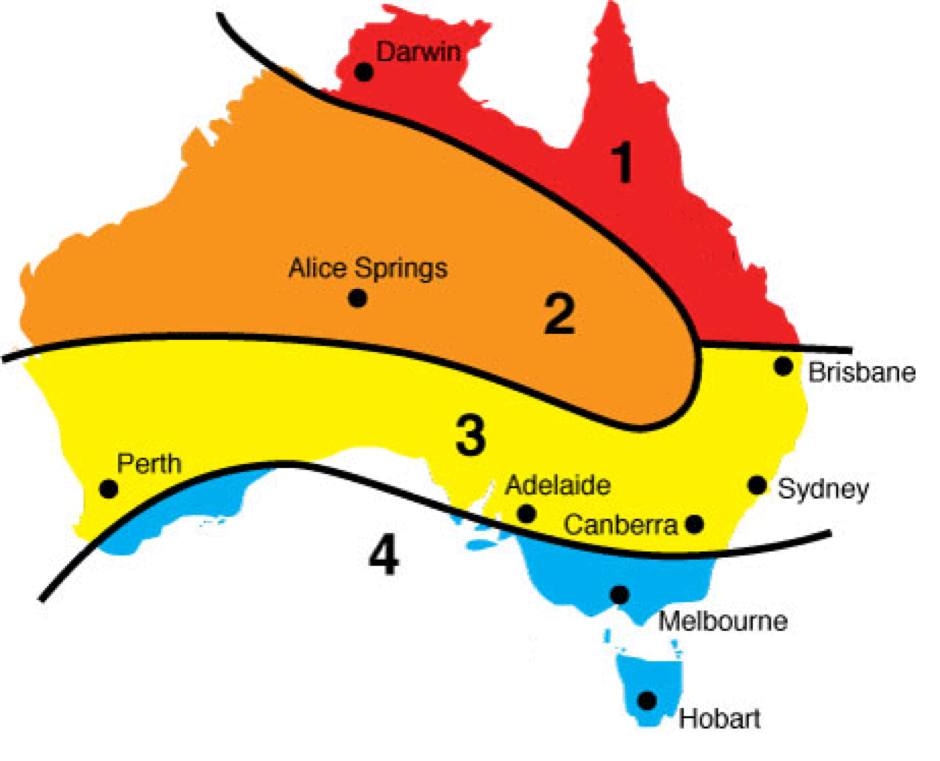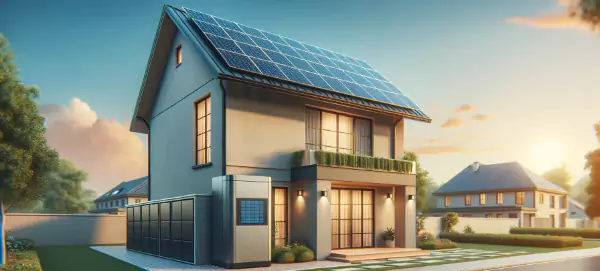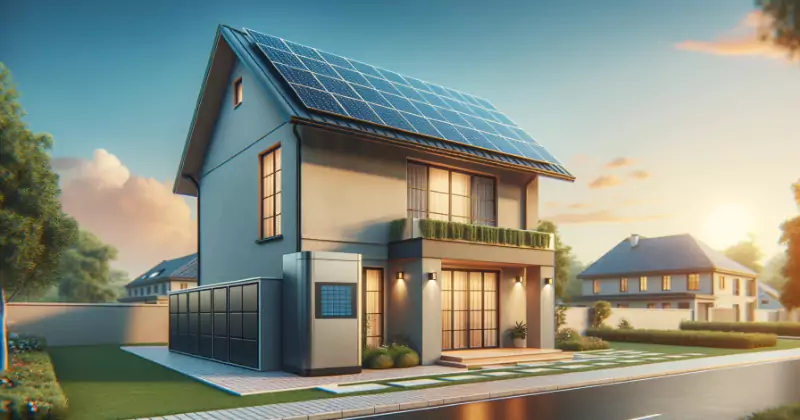If you are considering purchasing a solar power system in Australia, you can benefit from the federal government scheme designed to subsidise the upfront cost of solar power systems. In 2023, the subsidy is worth approximately $396 per kW installed or $2,590 off the total cost of a typical 6.6 kW system. It is essential to note that any advertised prices for solar power systems include the solar rebate.
The subsidy system, known as the Small-scale Renewable Energy Scheme (SRES), is designed to reduce by one-fifteenth every year from January 2017 until it reaches zero in 2031. While the solar rebate seems safe for the foreseeable future, its value can reduce if the demand for solar systems suddenly increases, affecting the Small-scale Technology Certificate (STC) price. STC price ranges from $0 to $40, with the highest value allowed by law being $40. The value of the solar rebate is approximately $36 per STC after fees.
It is vital to understand that the solar rebate is not officially a rebate. Instead, it is called the STC program or the "solar financial incentive," as the government's program compels other people to buy your certificates, making it a government-run scheme that uses other people's money to provide the subsidy. This financial incentive subsidises the upfront cost of installing a solar power system and is not means-tested. The only criteria for claiming the subsidy are using solar panels and inverters approved for use in Australia by the Clean Energy Council and installing and designing the system with a Clean Energy Council accredited professional.
For a 6.6 kW system, the subsidy is worth approximately $2,590, or $396 per kW. The 'rebate' proportionally increases with larger systems and decreases for smaller ones. However, the total cost of a solar power system may vary, depending on each supplier's brand of panels and inverters and overheads.
It is crucial to differentiate the solar financial incentive from the Feed-in Tariff (FiT), where electricity retailers pay you for the electricity your solar system exports to the grid. Therefore, to purchase a solar power system in Australia, consider the solar financial incentive to help reduce the upfront cost.

Note: The figures in the tables below have been calculated with the maximum theoretical price for STCs which is $40 each. However, this is rare. Usually, you will get somewhere between $35 to $38 or even less if there is high demand for installing solar panels.
Solar Financial Incentive zone 1, systems installed in 2023
| System Size kW | STCs | Max Solar Rebate |
|---|---|---|
| 2kW | 24 | $960 |
| 3kW | 36 | $1,440 |
| 5kW | 61 | $2,440 |
| 6.6kW | 81 | $3,240 |
| 7kW | 86 | $3,440 |
| 8kW | 98 | $3,920 |
| 10kW | 122 | $4,880 |
| 13kW | 159 | $6,360 |
Solar Financial Incentive zone 2, systems installed in 2023
| System Size in kW | STCs | Max Solar Rebate |
|---|---|---|
| 2kW | 25 | $1,000 |
| 3kW | 38 | $1,520 |
| 5kW | 64 | $2,560 |
| 6.6kW | 85 | $3,400 |
| 7kW | 90 | $3,600 |
| 8kW | 103 | $4,120 |
| 10kW | 129 | $5,160 |
| 13kW | 168 | $6,720 |
Solar Financial Incentive zone 3, systems installed in 2023
| System Size in kW | STCs | Max Solar Rebate |
|---|---|---|
| 2kW | 22 | $880 |
| 3kW | 33 | $1,320 |
| 5kW | 55 | $2,200 |
| 6.6kW | 72 | $2,880 |
| 7kW | 77 | $3,080 |
| 10kW | 110 | $4,400 |
| 13kW | 143 | $5,720 |
Solar Financial Incentive zone 4, systems installed in 2023
| System Size in kW | STCs | Max Solar Rebate |
|---|---|---|
| 2kW | 18 | $720 |
| 3kW | 28 | $1,120 |
| 5kW | 47 | $1,880 |
| 6.6kW | 62 | $2,480 |
| 7kW | 66 | $2,640 |
| 10kW | 94 | $3,760 |
| 13kW | 123 | $4,920 |
Postcode zone ratings and zones for solar (photovoltaic) systems - cleanenergyregulator.gov.au

